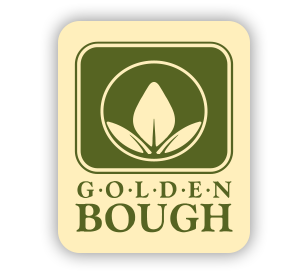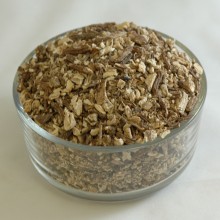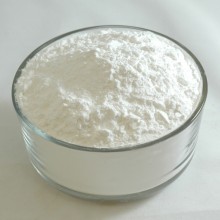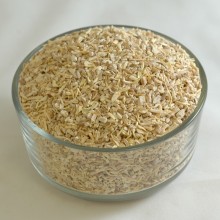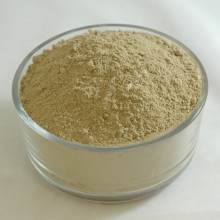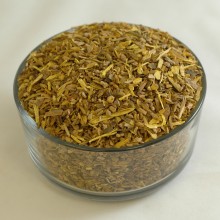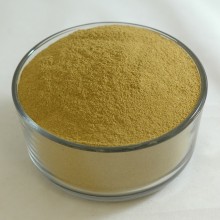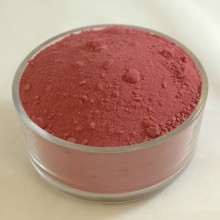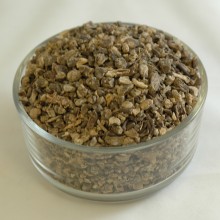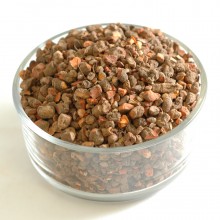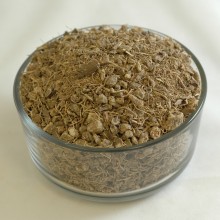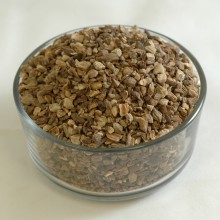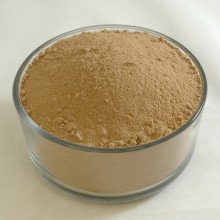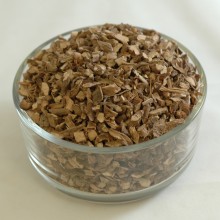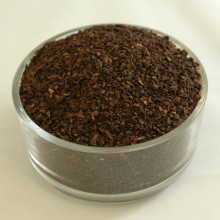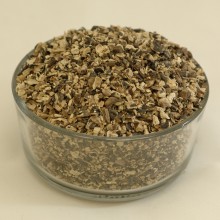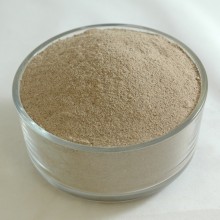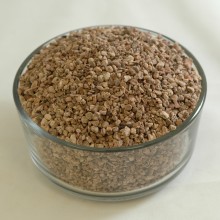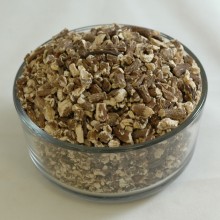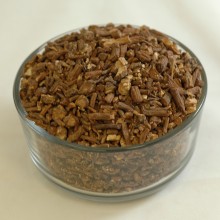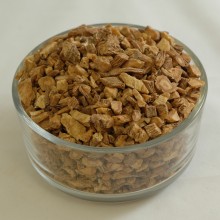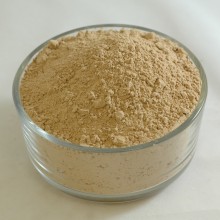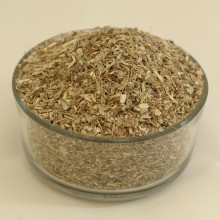Search
Products meeting the search criteria
Angelica Root Cut
Description: During the Great Plague of London in the late-mid 1600’s, a monk claimed an angel visited him in his dreams and presented Angelica as the cure for the epidemic. After this, it was regarded as “the antidote” to the plague. Royal public..
Arrowroot Powder
Description: Arrowroot refers to the starch that has been harvested from the rhizomes (root-stock) of several tropical plants, traditionally Maranta arundinacea. Often used as a flour/thickener substitute in allergen-free recipes; Arrowroot c..
Ashwagandha Root Cut
Description: Ashwagandha has been long praised as a longevity and vitality tonic by those who practice Ayurveda. It grows in the sunny, dry regions of India but can also be found growing in Nepal. In Sanskrit, Ashwagandha means “horse’s smell..
Ashwagandha Root Powder
Description: Ashwagandha has been long praised as a longevity and vitality tonic by those who practice Ayurveda. It grows in the sunny, dry regions of India but can also be found growing in Nepal. In Sanskrit, Ashwagandha means “horse’s smell”, ..
Astragalus Root Powder
Description: Traditionally used to strengthen inner Chi (Qi) and the immune system, astragalus root has been used in ancient Chinese medicine for centuries. Due to the root’s slightly sweet-tasting and warming effects, it has been historicall..
Barberry Root Cut
Description: Historically cultivated for its tart berries for culinary use, barberries were traditionally used in pickled dishes, jams, candies, and more. The root itself was used to make antipyretics, tonics, and other natural medicines. Due..
Barberry Root Powder
Description: Historically cultivated for its tart berries for culinary use, barberries were traditionally used in pickled dishes, jams, candies, and more. The root itself was used to make antipyretics, tonics, and other natural medicines. Due to..
Beet Root Powder
Description: Originally, beet leaves and stalk were consumed while the roots were discarded or used for medicine. It wasn’t until the mid 1500s that Germany and Italy began recording cultivation of the plant for its bulbous roots. In 174..
Black Cohosh Root Cut
Description: Black Cohosh is a woodland perennial with deeply toothed compound leaves and racemes of pungent cream flowers in the summer. The large, creeping, knotting rootstock, scarred with the remains of old growth, produces a stem up to 9 fe..
Blood Root Cut
Description: Bloodroot is a popular natural red dye used by Native American artists, historically it was often used in tinctures and extracts to treats a variety of ailments. Bloodroot has one large basal leaf, up to 12 cm across, with 5-9 lobes..
Blue Cohosh Root Cut
Description: From the single stalk rising from the ground, there is a single, large, three-branched leaf plus a fruiting stalk. The bluish-green leaflets are tulip-shaped, entire at the base, but serrated at the tip. Its species n..
Burdock Root Cut
Description: In Japan, burdock root is known as “Gobo” and is regularly enjoyed as a staple vegetable in their diet. It is affectionately referred to as the “poor-man’s potatoes”. In medieval Germany, the herb was thought to treat numerous health ..
Burdock Root Cut - Organic
Description: In Japan, burdock root is known as “Gobo” and is regularly enjoyed as a staple vegetable in their diet. It is affectionately referred to as the “poor-man’s potatoes”.In medieval Germany, the herb was thought to treat numerous health cond..
Burdock Root Powder
Description: In Japan, burdock root is known as “Gobo” and is regularly enjoyed as a staple vegetable in their diet. It is affectionately referred to as the “poor-man’s potatoes”.In medieval Germany, the herb was thought to treat numerous health cond..
Calamus Root Cut
Description: The sharp-edged calamus is a perennial semi-aquatic plant that grows in marshes and on muddy banks of streams. Calamus root was discussed in the Divine Husbandman's Classic of the Materia Medica. This revered Chinese herbal t..
Chicory Root Roasted Granules
Description: Common chicory, Cichorium intybus, is a somewhat woody, perennial herbaceous plant of the dandelion family Asteraceae, usually with bright blue flowers, rarely white or pink. It lives as a wild plant on roadsides in its native Eu..
Comfrey Root Cut
Description: The comfrey plant has a history of use in healing wounds and mending broken bones. In fact, in multiple languages, its name can be roughly translated to “grow together”.Farmers often used specially bred comfrey plants to activa..
Comfrey Root Cut - Organic
Description: The comfrey plant has a history of use in healing wounds and mending broken bones. In fact, in multiple languages, its name can be roughly translated to “grow together”.Farmers often used specially bred comfrey plants to activa..
Comfrey Root Powder - Organic
Description: The comfrey plant has a history of use in healing wounds and mending broken bones. In fact, in multiple languages, its name can be roughly translated to “grow together”. Farmers often used specially bred comfrey plants to activ..
Cranesbill Root Cut
Description: Root - Cut & Sifted. Brown colored root with a characteristic root-like aroma and a slightly bitter, astringent flavor.Botanical Name: Geranium maculatumCommon Names: American cranesbill, spotted cranesbill, spotted geranium, alumro..
Dandelion Root Cut - Raw
Description: It can be found growing in temperate regions of the world, in lawns, on roadsides, on disturbed banks and shores of water ways, and other areas with moist soils.T. officinale is considered a weed, especially in lawns and along roadsides,..
Dandelion Root Cut - Roasted
Description: It can be found growing in temperate regions of the world, in lawns, on roadsides, on disturbed banks and shores of water ways, and other areas with moist soils.T. officinale is considered a weed, especially in lawns and along roadsides,..
Dandelion Root Cut Roasted - Organic
Description: It can be found growing in temperate regions of the world, in lawns, on roadsides, on disturbed banks and shores of water ways, and other areas with moist soils.T. officinale is considered a weed, especially in lawns and along roadsides,..
Dong Quai Root Cut
Description: Angelica sinensis, commonly known as dong quai or "female ginseng" is a herb from the family Apiaceae, indigenous to China. Angelica sinensis grows in cool high altitude mountains in China, Japan, and Korea. The yellowish brown..
Dong Quai Root Powder
Description: Angelica sinensis, commonly known as dong quai or "female ginseng" is a herb from the family Apiaceae, indigenous to China. Angelica sinensis grows in cool high altitude mountains in China, Japan, and Korea. The yellowish br..
Echinacea ang. Root Cut - Organic
Description: Echinacea angustifolia is a perennial herb up to 40 to 70 centimetres (16 to 28 in) tall with spindle-shaped taproots that are often branched. The stems and leaves are moderately to densely hairy. The plant produces flower heads ..
Echinacea ang. Root Powder - Organic
Description: Echinacea angustifolia is a perennial herb up to 40 to 70 centimetres (16 to 28 in) tall with spindle-shaped taproots that are often branched. The stems and leaves are moderately to densely hairy. The plant produces flower heads one..
